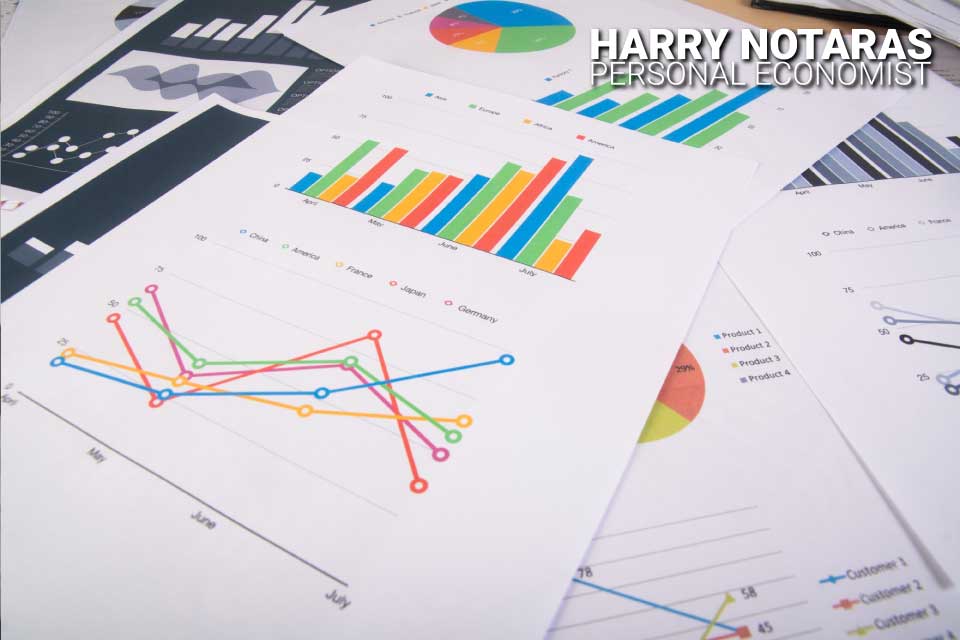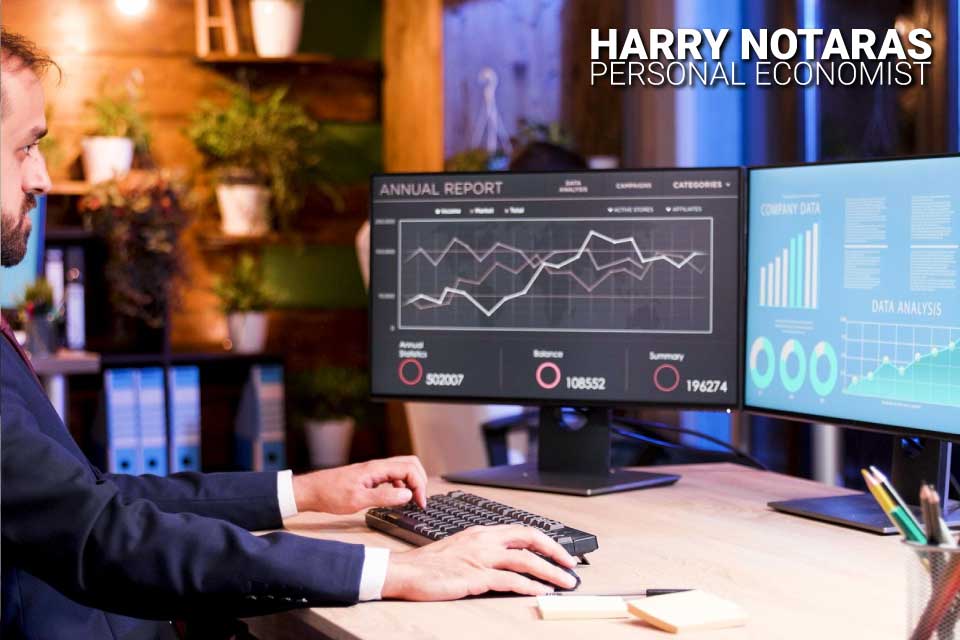Clipping the Ticket in Superannuation
Do this exercise.
Use a simple calculator or the calculator app on your computer and type the following numbers in this order:
100000 x 1.07
Now type the ‘=’ key 25 times. You will arrive at the number 542743.26.
Repeat this exercise and replace 1.07 with 1.08. The number you will arrive at is 684847.52.
COMPOUND INTEREST
This is a simple yet powerful demonstration of the power of compound interest. By compounding $100,000 at a rate of 7% for 25 years, you will grow your funds to $542,743.26. If the rate you use goes up by one percent to 8%, the outcome is $684,847.52.
The impact that one extra percent has over a period can be staggering and increases as time goes on. This exercise may appear academic and of no use or importance in the decisions we make every day in our lives, but that is far from correct.
SUPERANNUATION
Consider superannuation funds that so many Australians contribute a portion of their wages to year after year. With new rules coming into play, this will change to pay after pay. Clipping the ticket will become much more regular.
These investments stay in place for many years and the role that compounding plays in their growth is life-changing.
Institutions, platforms and advisers have put a consistent effort in place for many years to clip the ticket to your superannuation funds. Often, this results in the loss of those extra one or two percent.
It is time that the members of the superannuation funds applied a similar effort to reduce this loss. The reward for effort can be life-changing.
As our simple example above showed, these costs are not only regular but variable. They grow over time in dollar terms according to the size of the asset.
An analogy would be with a managed business, which I have written about here, “A managed business – how to get one” and paying more for a manager than is required. All you are doing is reducing the profit of the business and damaging its value.
Given we all have to pay transaction costs in order to get things done, the best ones to pay are one-off rather than regular and fixed rather than variable.
With our pathway to a soft landing in the Australian economy has narrowed, keeping ongoing transaction costs to a minimum is critical.
We often incur these costs for the sake of convenience that we don’t ask for. Just to have a clever platform that shows us the value of our portfolio. We get placed on these platforms at an annual cost that is variable and related to the size of the investment. Not a fixed cost that diminishes in importance and impact as the fund gets bigger.
There is a growing dilemma in wealthy countries like ours. Subsidiary players hijack government policy. Superannuation has been a longstanding example. A more modern example appears to be the NDIS where clipping the ticket has reached criminal levels in some instances.
Regarding superannuation, the costs of seeking advice to help are exorbitant and the value we get for the advice can be questionable. There is so much we can do ourselves.
There are a lot of remedies coming into place now. For instance, you can purchase shares online in the Australian share market with no brokerage costs. This can be a handy facility in an investment vehicle, like superannuation.
But it is not brokerage costs that are the problem. Our number crunching exercise above illustrates the problem. The continued leakage from our returns from clipping the ticket damages the compounding process. It is not the initial cost. That subsides as time passes.
There is a process of disinformation, and diversion that handicaps us in our race to maximise returns. The information we received from the providers of our superannuation funds is a problem. They are usually just snapshots of the current balance compared to a snapshot of what the balance was a quarter or a year ago.
WHAT IS YOUR RATE OF RETURN
Rarely will you receive a figure showing the internal rate of return (IRR – a fancy name for ‘returns’) of your portfolio. This would allow you to make comparisons against other funds or the same fund in a different time period or even other personal investments. They have the data, but they keep any analysis of that type for the benefit of the fund managers only.
They could also let us know in terms of return how clipping the ticket has affected the performance of the fund for comparison purposes.
While they do this, they keep taking management fees out of your balance. As superannuation balances get larger and we age, these size of annual fees compete with the size of the benefits that we rely on to live in retirement. This clipping the ticket activity can be equivalent to losing a job.
In the example above, the difference in returns of 1% would represent $6,848.48 per year of lost income on the final investment. That’s over $130 per week of income and that is also using an example that does not assume high returns and high ongoing costs.
If you do this exercise using slightly greater numbers, the weekly cost of clipping the ticket becomes impoverishing.
WHAT CAN WE DO
The question is, how do you combat this and some of the many other handicaps that retard the returns on our investment and superannuation portfolios?
There is probably no single bullet that will slay this dragon. An approach of more intimate engagement with your investments would be a good start.
What was your return in the last month, the last quarter and the last year?
What are the injections that bolster your balance and the leakages that reduce it?
How volatile are the returns?
The last question is especially important as you approach retirement age.
Greater volatility will require greater cash reserves. Especially to see you through times when you need to protect the balance of the growth assets in your portfolio.
Tracking your portfolio and adjusting it to the most recent valuations will help you determine the best time to take some profit to add to your reserves.
Even a spreadsheet that allows you to input the data and tracks your IRR would help. It will lead you to ask questions and take actions that will benefit your asset accumulation task enormously.
If we spent a fraction of the time husbanding our superannuation as we do on social media, the benefit would be immense. We can do a lot to minimise the amount of clipping the ticket that goes on.
Start with measuring your return as a percentage and comparing it to the running costs of your fund.




